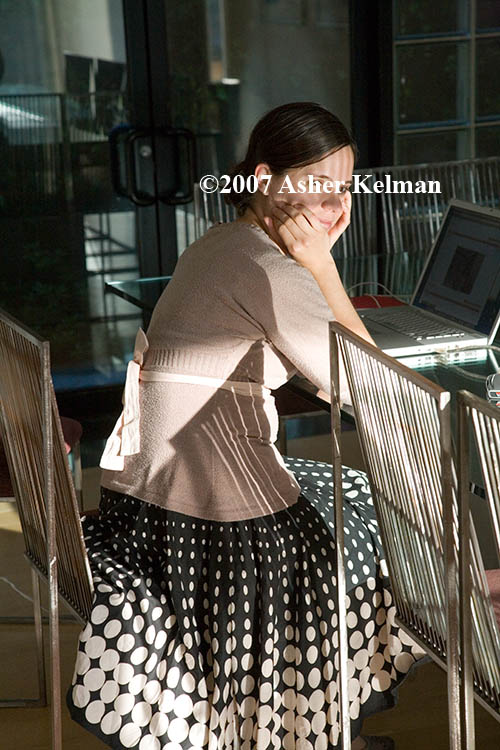Asher Kelman
OPF Owner/Editor-in-Chief
I am impressed by the diversity of photographers' marking of their territory. Lions and dogs urinate on the perimeter of their hunting ground to warn competing hunters of their intention to fight for their exclusive rights to exploit this area.
In each case, the mark can be edited out. Having the sign dominant at the periphery is little different than having it low key as far as preventing it from being edited out. What one really needs to do under current law to prevent folk claiming your picture is an "orphan" is to show that a search could find that image or that every effort was made to "mark" that image, like they animals do in the wild, but without the odor!
How do you think this boldness/subtlety issue should be balanced? Link examples to illustrate your view and arguments.
Asher
Adding ©, use, licensing and contact info in the IPTC file attached to your picture, is however a must and does not need to be discussed here.
- Some photographer's add a large logo on a corner.
Of course, Franks beautiful log can be cropped or cloned out. However, it provides clear professional and low key notice that would have standing in any court, that the picture is the private property of the photographer. It also does have the value of advertising. It gently associates the Frank Doorhoff's name with this gorgeous picture of his featured model, Floor. While the "mark" is clear and well-defined, it also is pleasing and even adds balance to the picture!
- Others put a large watermark across the center of the image: works but often degrades the picture. I myself have done this but on rare occasion. This series is a clear and even egregious example!
The sign does detract, but the essence of the design was still obvious. Such a central "mark" is added to emphasize, don't even think of using this in any way! This is often used in stock photography. There the letters are much broader typeface and much lighter.
- Some have a sign that dominates the picture and is bolder as is the very first thing to stand out. Poor idea, IMHO, and is then becoming de facto gross advertising for a name, log or website
- Others use a subtle text that does not detract from the photograph.

© Asher Kelman 2009 Lilly at Dusk Do not copy, edit or download (from the original OPF thread here)
In each case, the mark can be edited out. Having the sign dominant at the periphery is little different than having it low key as far as preventing it from being edited out. What one really needs to do under current law to prevent folk claiming your picture is an "orphan" is to show that a search could find that image or that every effort was made to "mark" that image, like they animals do in the wild, but without the odor!
How do you think this boldness/subtlety issue should be balanced? Link examples to illustrate your view and arguments.
Asher
Adding ©, use, licensing and contact info in the IPTC file attached to your picture, is however a must and does not need to be discussed here.



